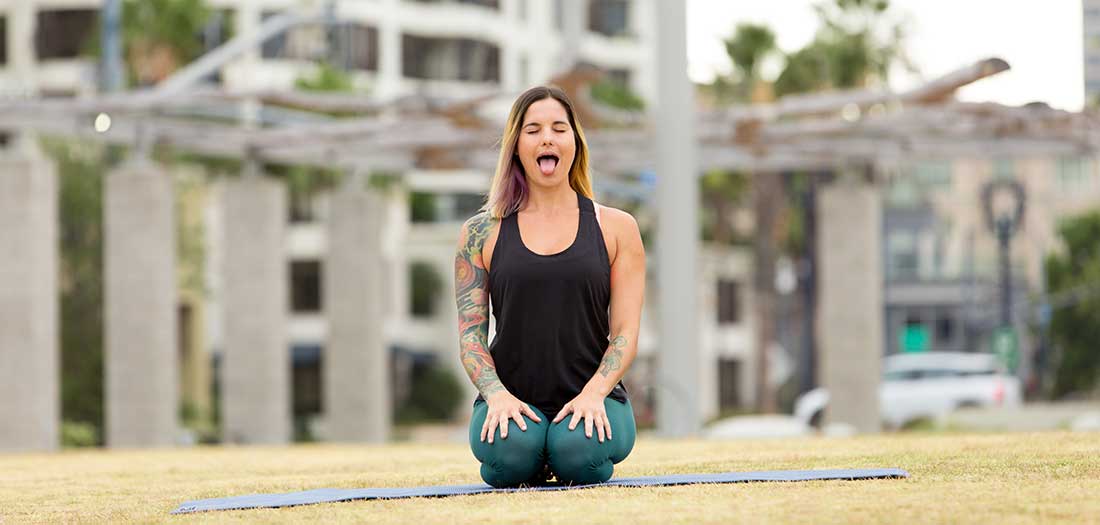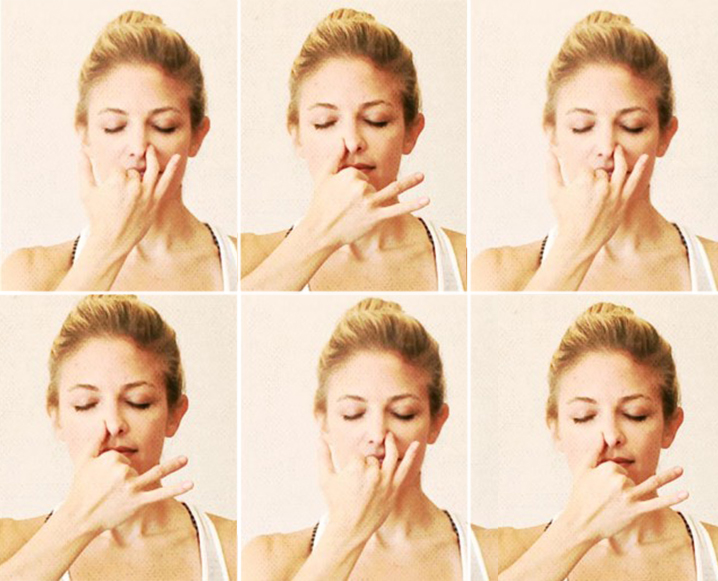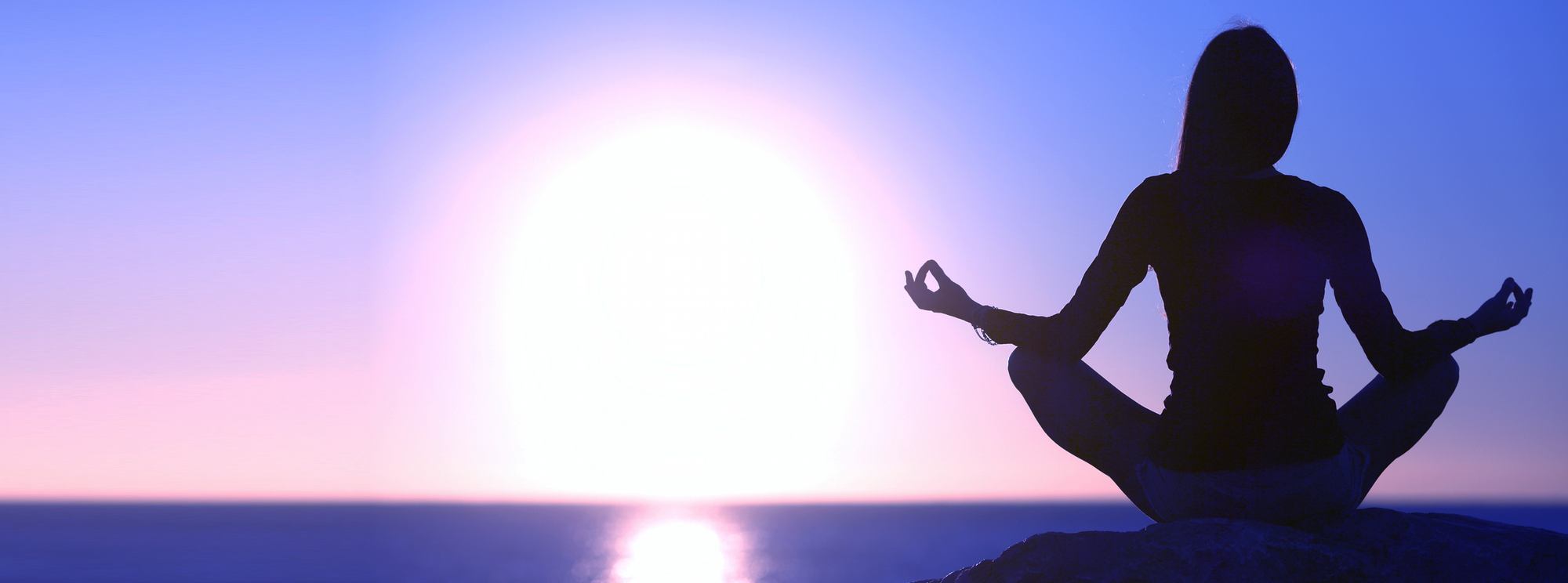8 exercícios de respiração para tentar quando você se sente ansioso
Se você se sentir sem fôlego devido à ansiedade, existem técnicas de respiração que você pode tentar aliviar os sintomas e começar a se sentir melhor.
Vamos olhar para vários que você pode fazer em qualquer momento durante o seu dia ou construir em momentos mais longos para si mesmo.
1. Alonge seu exalar

Inalar profundamente pode nem sempre acalmá-lo. Respirar fundo está ligado ao sistema nervoso simpático, que controla a resposta de luta ou fuga. Mas a expiração está ligada ao sistema nervoso parassimpático, que influencia a capacidade do nosso corpo de relaxar e se acalmar.
Respirar fundo demais rapidamente pode realmente fazer com que você possa fazer com que você tenha hiperventilar. A hiperventilação diminui a quantidade de sangue rico em oxigênio que flui para o cérebro.
Quando nos sentimos ansiosos ou sob estresse, é mais fácil respirar demais e acabar hiperventilando – mesmo que estejamos tentando fazer o oposto.
- Before you take a big, deep breath, try a thorough exhale instead. Push all the air out of your lungs, then simply let your lungs do their work inhaling air.
- Next, try spending a little bit longer exhaling than you do inhaling. For example, try inhaling for four seconds, then exhale for six.
- Try doing this for two to five minutes.
Esta técnica pode ser feita em qualquer posição que seja confortável para você, incluindo ficar em pé, sentar ou deitar.
2. Respiração do abdômen

Respirar do seu diafragma (o músculo que fica logo abaixo de seus pulmões) pode ajudar a reduzir a quantidade de trabalho que seu corpo precisa fazer para respirar.
Para aprender a respirar do seu diafragma:
Check-in
- For comfort, lie down on the floor or bed with pillows beneath your head and knees. Or sit in a comfortable chair with your head, neck, and shoulders relaxed, and your knees bent.
- Then, put one hand under your rib cage and one hand over your heart.
- Inhale and exhale through your nose, noticing how or if your stomach and chest move as you breathe.
- Can you isolate your breathing so you bring air deeper into your lungs? What about the reverse? Can you breathe so your chest moves more than your stomach?
Eventualmente, você quer que seu estômago se mova enquanto respira, em vez de seu peito.
Pratique a respiração da barriga
- Sit or lie down as described above.
- Place one hand on your chest and one hand on your stomach somewhere above your belly button.
- Breathe in through your nose, noticing your stomach rise. Your chest should remain relatively still.
- Purse your lips and exhale through your mouth. Try engaging your stomach muscles to push air out at the end of the breath.
Para que este tipo de respiração se torne automática, você precisará praticá-lo diariamente. Tente fazer o exercício três ou quatro vezes por dia por até 10 minutos.
Se você não tem usado seu diafragma para respirar, você pode se sentir cansado no início. Mas vai ficar mais fácil com a prática.
3. Foco de respiração
Quando a respiração profunda é focada e lenta, pode ajudar a reduzir a ansiedade. Você pode fazer essa técnica sentado ou deitado em um local tranquilo e confortável. Então:
- Notice how it feels when you inhale and exhale normally. Mentally scan your body. You might feel tension in your body that you never noticed.
- Take a slow, deep breath through your nose.
- Notice your belly and upper body expanding.
- Exhale in whatever way is most comfortable for you, sighing if you wish.
- Do this for several minutes, paying attention to the rise and fall of your belly.
- Choose a word to focus on and vocalize during your exhale. Words like “safe” and “calm” can be effective.
- Imagine your inhale washing over you like a gentle wave.
- Imagine your exhale carrying negative and upsetting thoughts and energy away from you.
- When you get distracted, gently bring your attention back to your breath and your words.
Pratique esta técnica por até 20 minutos diariamente quando puder.
4. Respiração igual

Outra forma de respiração que decorre da antiga prática do pranayama yoga é a respiração igual. Isso significa que você está inalando pelo mesmo tempo que você está exalando.
Você pode praticar respiração igual a partir de uma posição sentada ou deitada. Qualquer posição que você escolher, certifique-se de ficar confortável.
- Shut your eyes and pay attention to the way you normally breathe for several breaths.
- Then, slowly count 1-2-3-4 as you inhale through your nose.
- Exhale for the same four-second count.
- As you inhale and exhale, be mindful of the feelings of fullness and emptiness in your lungs.
À medida que você continua praticando respiração igual, sua segunda contagem pode variar. Certifique-se de manter sua inalação e exalar o mesmo.
5. Respiração ressonante

A respiração ressonante, também chamada de respiração coerente, pode ajudá-lo a acalmar a ansiedade e entrar em um estado relaxado. Para experimentá-lo você mesmo:
- Lie down and close your eyes.
- Gently breathe in through your nose, mouth closed, for a count of six seconds.
- Don’t fill your lungs too full of air.
- Exhale for six seconds, allowing your breath to leave your body slowly and gently. Don’t force it.
- Continue for up to 10 minutes.
- Take a few additional minutes to be still and focus on how your body feels.
Respiração yogica (pranayama)
Yoga é uma prática de bem-estar com raízes antigas, e a respiração está no centro de cada variação do yoga.
Uma forma de yoga, pranayama, inclui múltiplas variações respiratórias que podem ajudar com a ansiedade. Alguns deles incluem expiração alongada e respiração igual (ambas apresentadas acima), bem como respiração de leão e respiração narina alternativa (nadi shodhana).
6. Hálito de Leão

A respiração do leão envolve exalar com força. Para tentar o hálito de leão:
- Get into a kneeling position, crossing your ankles and resting your bottom on your feet. If this position isn’t comfortable, sit cross-legged.
- Bring your hands to your knees, stretching out your arms and your fingers.
- Take a breath in through your nose.
- Breathe out through your mouth, allowing yourself to vocalize “ha.”
- During exhale, open your mouth as wide as you can and stick your tongue out, stretching it down toward your chin as far as it will go.
- Focus on the middle of your forehead (third eye) or the end of your nose while exhaling.
- Relax your face as you inhale again.
- Repeat the practice up to six times, changing the cross of your ankles when you reach the halfway point.
7. Respiração narina alternativa

Para tentar respiração narina alternativa, sente-se em um lugar confortável, alongando sua coluna e abrindo seu peito.
Descanse a mão esquerda no colo e levante a mão direita. Em seguida, descanse o ponteiro e os dedos médios da sua mão direita na testa, entre as sobrancelhas. Feche os olhos, inalando e exalando pelo nariz.
- Use your right thumb to close the right-hand nostril and inhale slowly through the left.
- Pinch your nose closed between your right thumb and ring finger, holding the breath in for a moment.
- Use your right ring finger to close your left nostril and exhale through the right, waiting for a moment before you inhale again.
- Inhale slowly through the right nostril.
- Pinch your nose closed again, pausing for a moment.
- Now, open the left side and exhale, waiting a moment before you inhale again.
- Repeat this cycle of inhaling and exhaling through either nostril up to 10 times. Each cycle should take up to 40 seconds.
8. Meditação guiada

Algumas pessoas usam meditação guiada para aliviar a ansiedade interrompendo padrões de pensamento que perpetuam o estresse.
Você pode praticar meditação guiada sentado ou deitado em um lugar fresco, escuro, confortável e relaxante. Em seguida, ouça gravações calmantes enquanto relaxa seu corpo e estabiliza sua respiração.
Gravações de meditação guiadas ajudam a levá-lo através dos passos de visualizar uma realidade mais calma e menos estressada. Também pode ajudá-lo a obter controle sobre pensamentos intrusivos que desencadeiam a ansiedade.





